What is Street Photography?
Street photography also known as candid photography, is images conducted and taken ‘by accident’ . to get the best of street photography you can’t be timid, the most common tactic is to take yourself and your camera on the streets and start taking photos, get up close and persona with the public. However street photography does not necessarily have to be in the presence of a street or even the urban environment. A lot of photographers look at the idea of street photography and focus on people and their behaviors in public. The expressions on someones face or the emotion portrays in their body language is what makes a photograph have meaning; it is what creates the relationship that makes a photo speak to you. To capture feelings in a photograph that cause the same emotional reactions in its viewer is the goal of any photographer. Street photography is said to be one of the best ways to express and capture the natural emotions people are feeling at the time, as photographers are taking pictures of people of guard, unaware and has an element of surprise.
Mood board:

Ideas:
- What might you want to achieve with this street photography photo shoot
- Where would be a good place
- Specific locations or walking around
- Will the whether effect the mood of people in you photos
- How close are you going to photograph people- close up / faraway
- Who will you be photographing?
- What type of people?




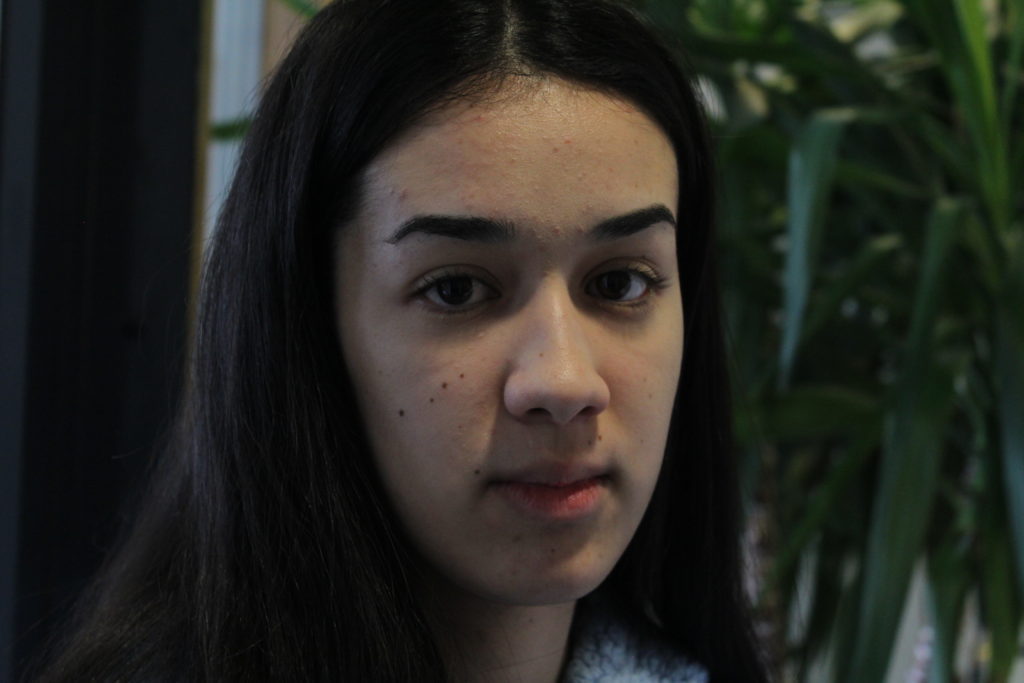


























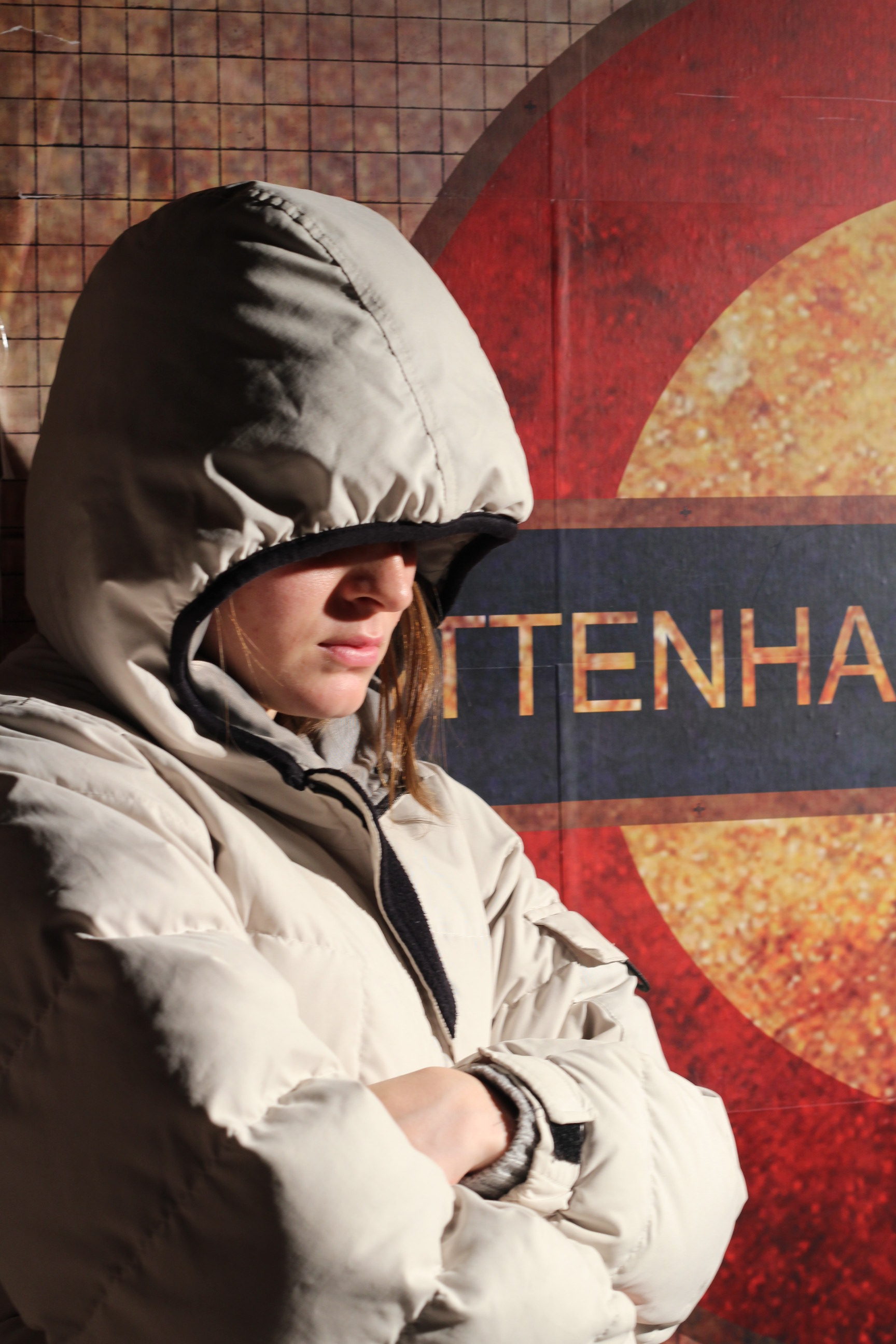

































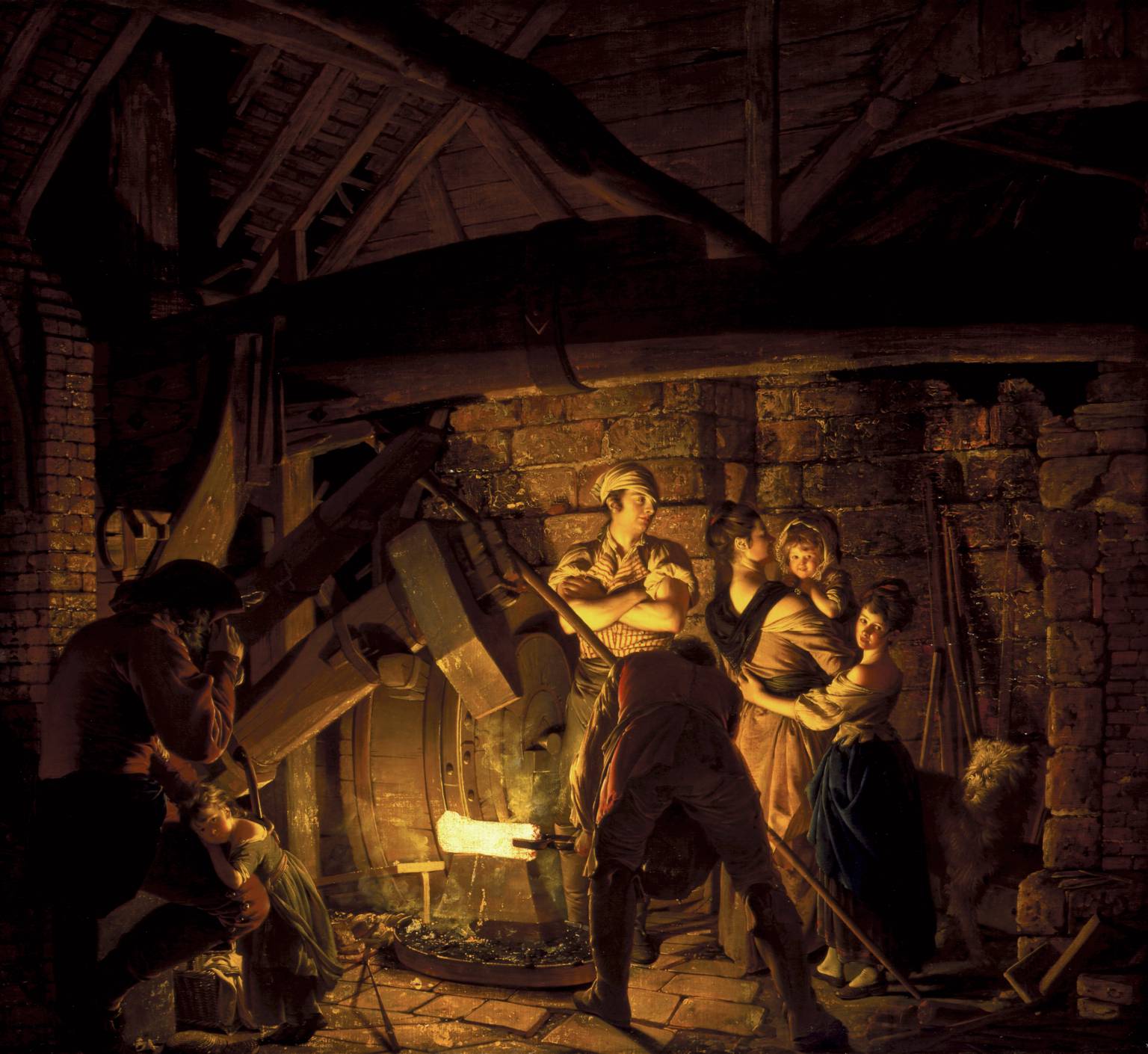







 Eugene Delacroix ‘Leading the People’
Eugene Delacroix ‘Leading the People’ Carravagio ‘Deposition’
Carravagio ‘Deposition’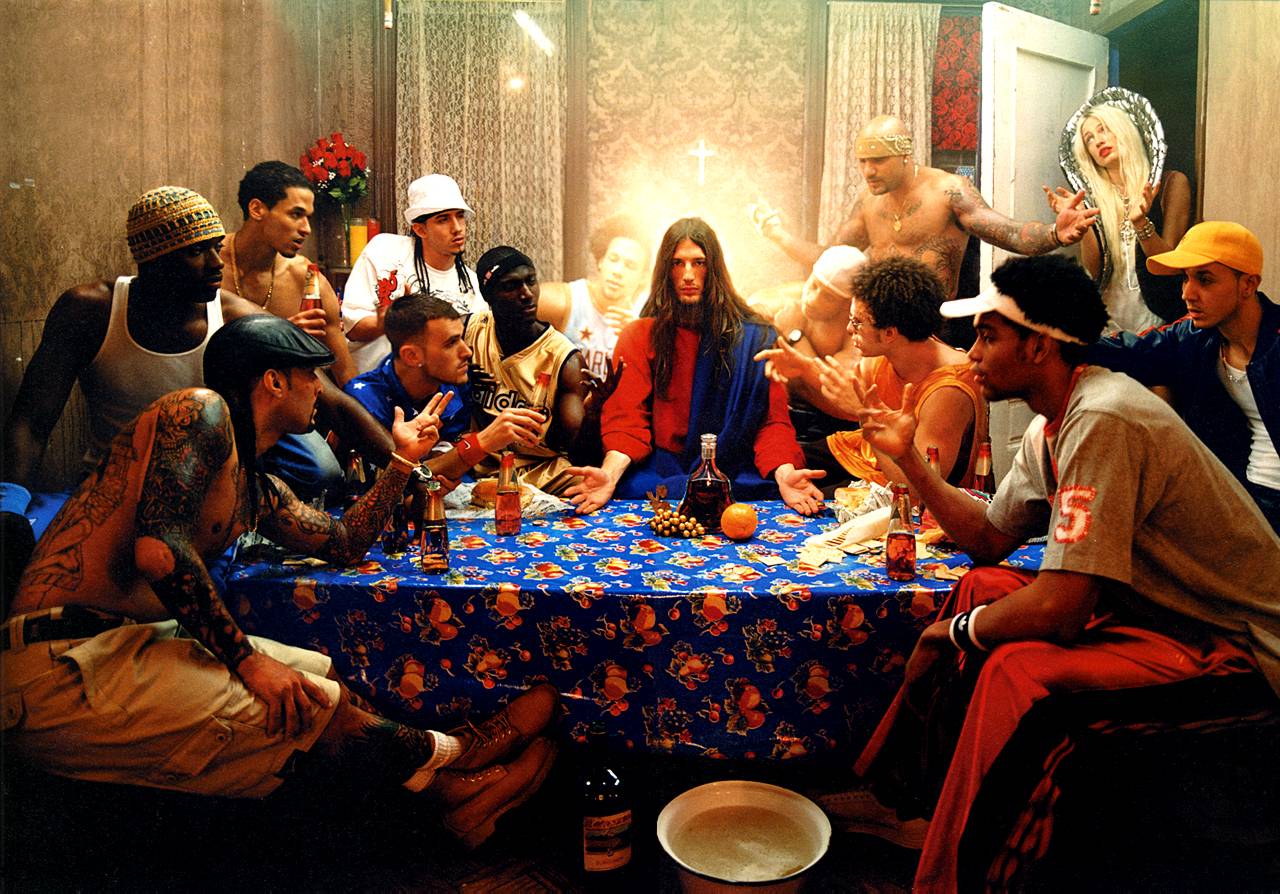 David La Chapelle ‘The Last Supper’
David La Chapelle ‘The Last Supper’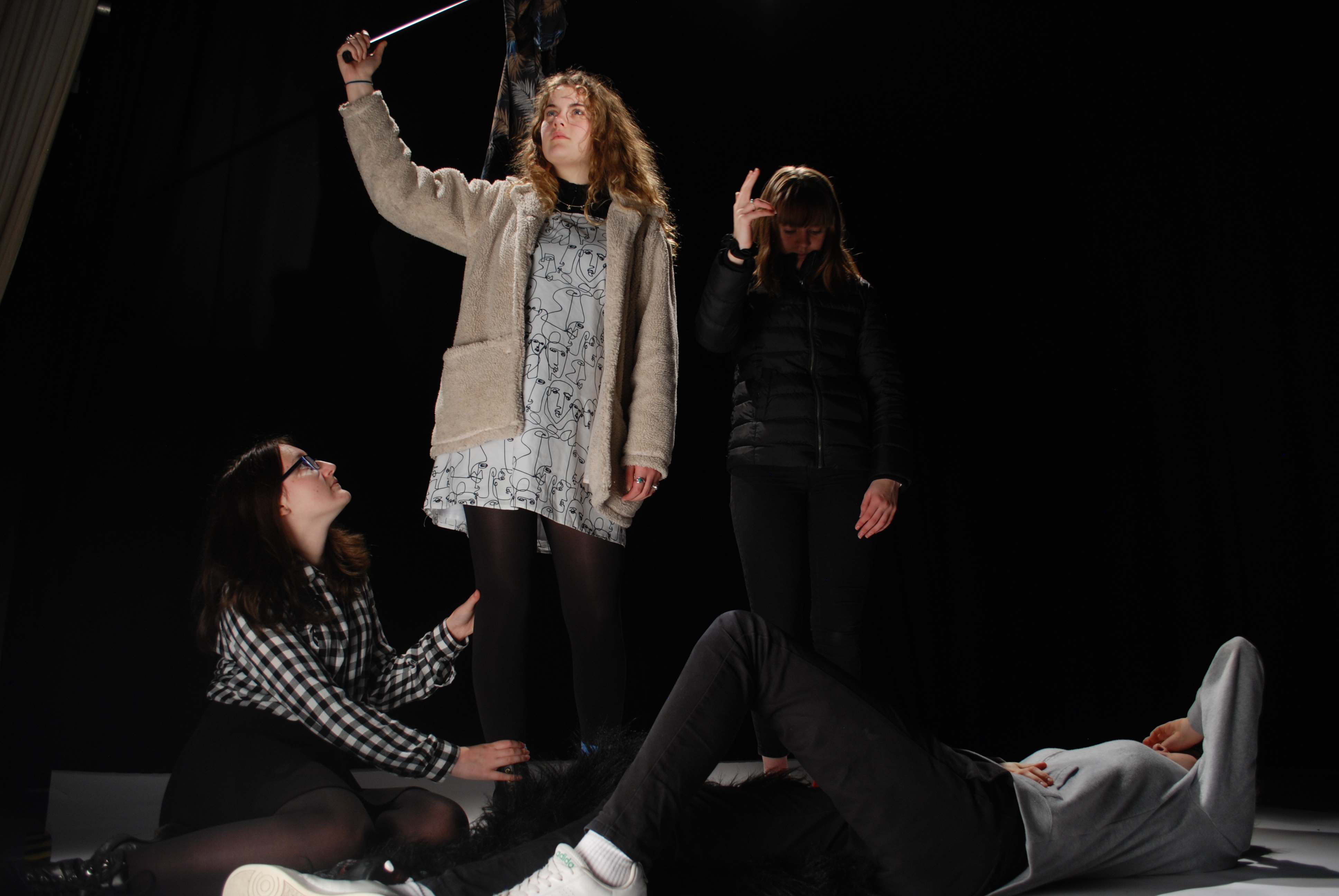

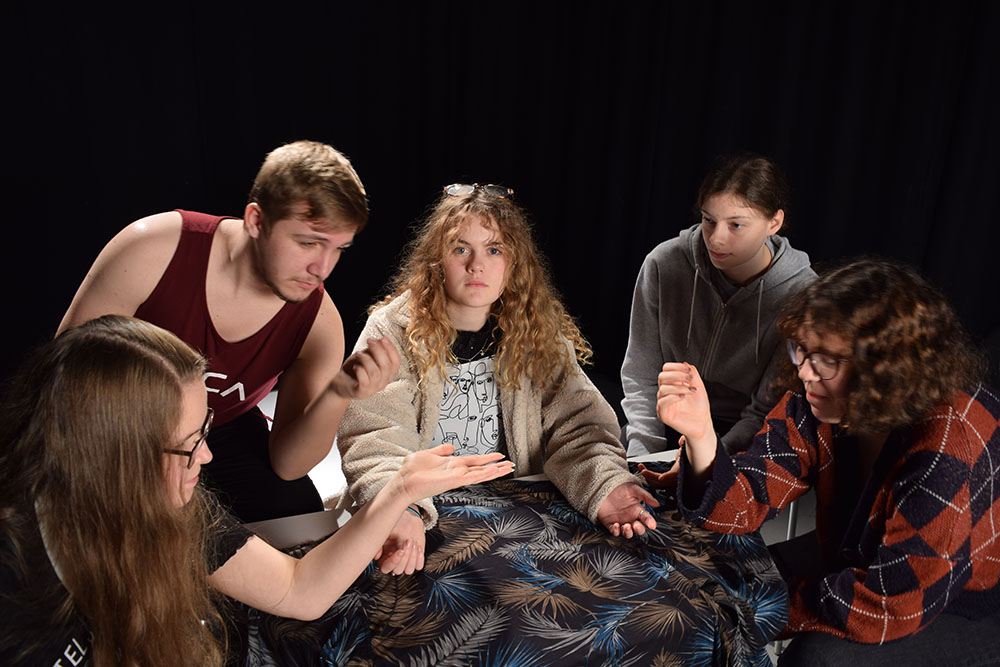

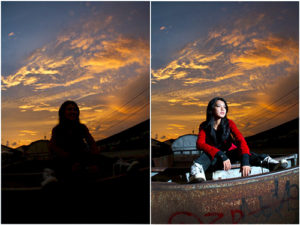

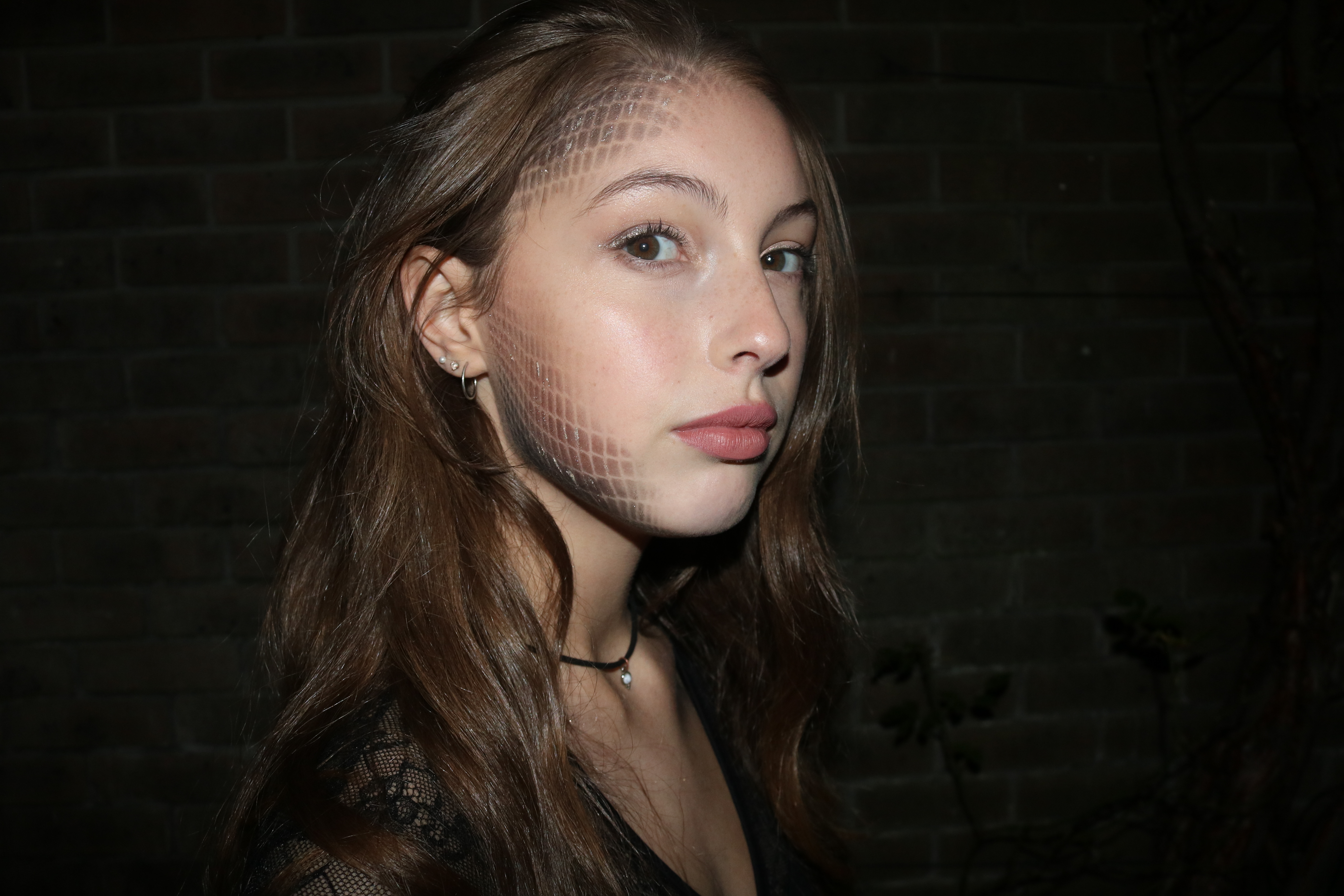


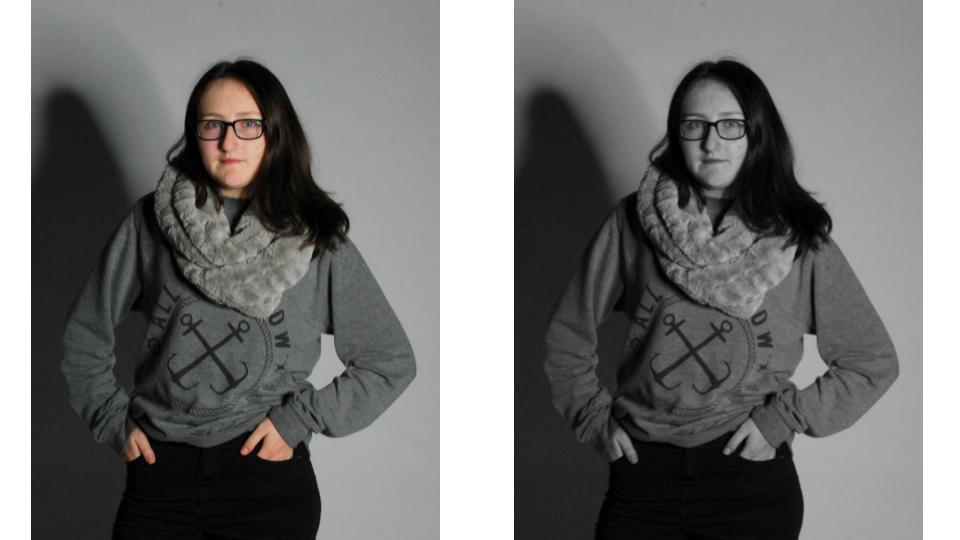

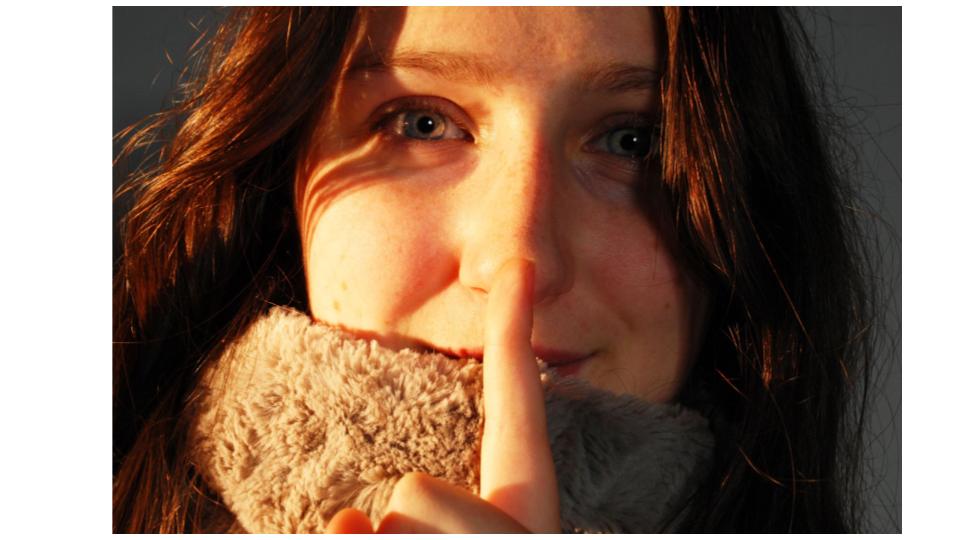
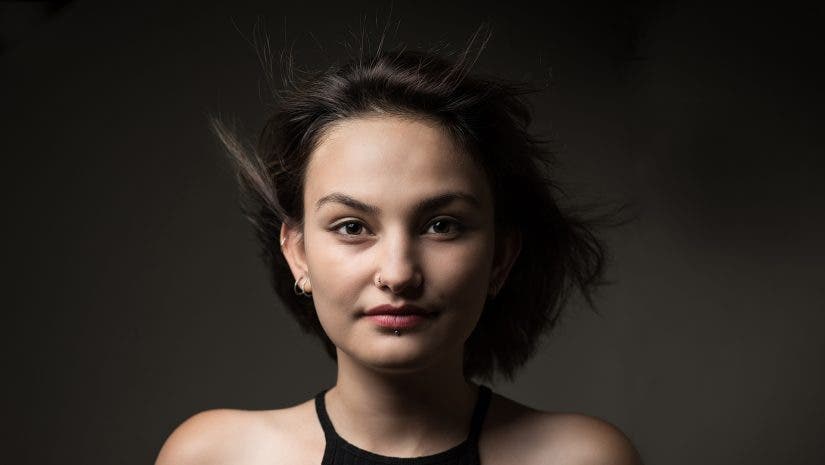
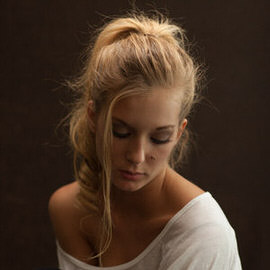





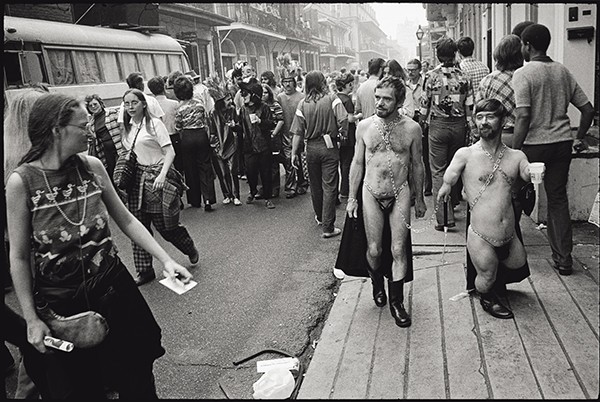


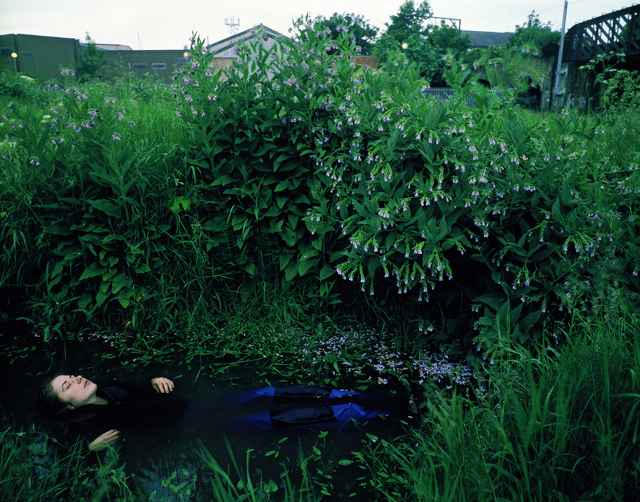 The Walk Home – Tom Hunter
The Walk Home – Tom Hunter
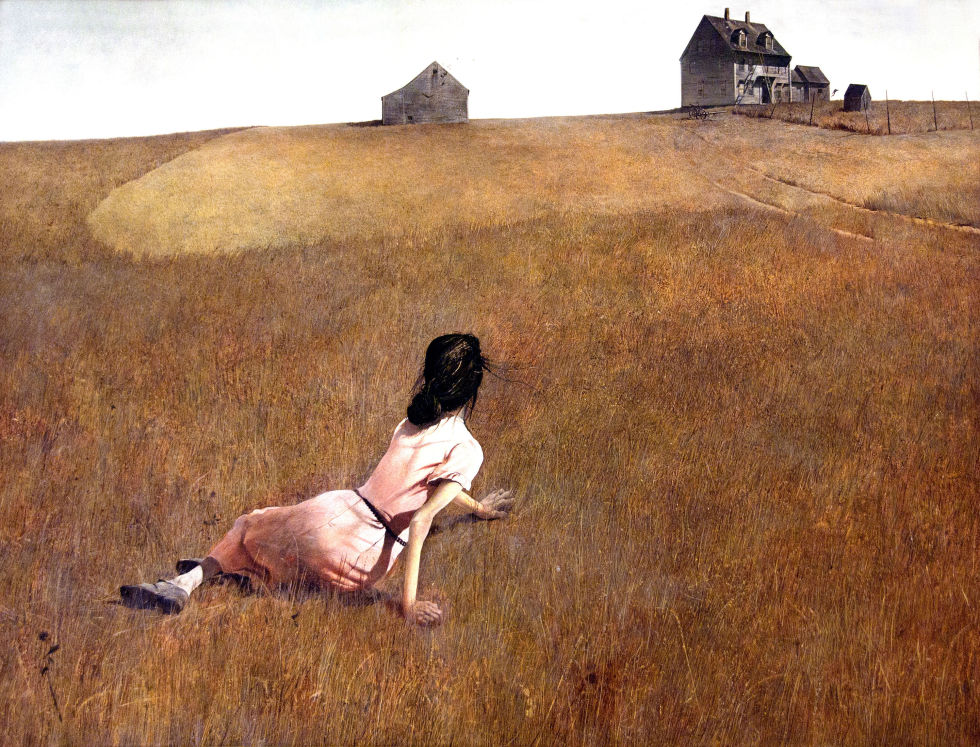 Christina’s World , Andrew Wyeth, 1938
Christina’s World , Andrew Wyeth, 1938
 Tom Hunter – Hackney Cut
Tom Hunter – Hackney Cut Tom Hunter – Death of Coltelli
Tom Hunter – Death of Coltelli